5 Life Science Localization Misconceptions That Slow Down Your Expansion
CLEAR WORDS
TRANSLATIONS
All News
September 17, 2020 |
5 Life Science Localization Misconceptions That Slow Down Your Expansion
In the life science industry, translations must be accurate and comply with regulations. It’s vital that your message is clear and respects industry standards each time you communicate with international business partners and clients. To achieve that level of accuracy and streamlined communication, you need life science localization services rather than just a plain translation of your texts.
Whether your business is in biotech or pharma, impeccable documentation in all languages is essential to reach your ultimate goal: the health and safety of patients who benefit from your product. Any translation error or miscommunication can cause incidents and put people’s lives and physical integrity at risk.
Unfortunately, there’s still a lot of confusion among life science localization and how it benefits businesses in this industry. Here are five misconceptions about life science localization and why you shouldn’t believe them.
1. Translation and Localization Are the Same
When you translate content for your business, you reword text from one language into another so that the meaning is equivalent. But life science localization addresses non-textual components, besides the linguistic elements. This approach makes it seamless for native speakers and local authorities to understand the facts described in your user manuals, disclaimers, instructions, and other documents.
Translation and localization are different, as translation is only a part of the localization process. When you opt for life science localization services, you go beyond translation to cover all those details that help you deliver top-quality products and services in ways that meet your international clients’ expectations.
They are two different processes and come with particular challenges and costs. When expanding in international markets, you’ll need both services, but for distinct purposes.
2. You Don’t Need Localization in Life Science
Another misconception about life science localization is that it isn’t necessary to sell in international markets, and a simple translation is enough. This may feel tempting, as translation costs less than localization, but this approach doesn’t guarantee compliance.
At first glance, a word-to-word translation of your content can seem like a job well done, but it isn’t that simple. You need more to comply with local laws and stipulations–and there are many in this highly regulated industry!
Many of the documents that you translate when entering a new market should have at least average readability levels. Clear instructions and correct labeling are essential to the health and safety of end-users, medical staff, and anyone using your products. If your translation relies on standard language and niche terminology, you risk having your products misused, and incidents can occur at any moment.
The translation may be accurate, but if it uses a language that is hard to understand by the average user, you can put people’s lives at risk. In the U.S., labeling and confusing instructions of drugs and medical devices are the leading cause of medication errors and death from medication errors. You need to make your product easy to use, and clear instructions in all languages can help you make it possible.
3. Bilingual Employees Can Help Trim Translation Costs
Bilingual employees can help your team and improve communications in international workplaces. However, they shouldn’t bear the responsibility of having to translate for you regularly. It’s one thing to ask them to translate emails or internal presentations now and then, but relying on them for writing official multilingual communications or translating documentation is a different story.
Your bilingual employees know your industry and have the right language skills, but it doesn’t mean they also have translation abilities.
For life science translation and localization, you should work with professional linguists, preferably with experience and skills in your sector. This way, you make sure that all your content is compliant and respects industry standards. You also don’t risk creating a hostile working environment where your employees feel compelled to handle tasks outside their professional qualifications.
4. Life Science Localization Doesn’t Require Terminology Management
This life science localization misconception generates expectations that are hard to meet in real life. When you hire a linguist team, expect them to ask for resources, and dedicate a significant number of working hours to getting your content ready for translation.
In this niche, you can rarely have your content translated and localized overnight. Linguists need access to context and background information that allows them to deliver accurate translations in all languages. Without terminology management, even the most experienced linguists can get confused about using terms and translating them into the target languages.
If you don’t help linguists create a glossary of terms and don’t provide specific guidelines for translators to follow, it will be almost impossible for your team to deliver accurate and consistent translations in multiple languages.
5. Any Translator Can Do the Job with a Good Glossary
The fact that you have invested in a comprehensive glossary of terms doesn’t mean you no longer need life science translators for the job. Subject Matter Experts (SMEs) and their experience in the field are essential when looking to have your product approved overseas.
You still need a team of translators and localization experts who know how to handle life science content and make your documents compliant with the laws in the target country.
Working with linguists who don’t understand this industry’s rigid requirements can result in a delay in market entry due to submission delays. You also risk not having your products approved by local institutions due to inaccuracies in your documentation. Either way, you can easily avoid these problems if you work with the right team of language experts.
Make sure your language service provider has experience in your sector and works with qualified, native linguists. They stay updated on the latest laws and amendments to secure successful outcomes for your global expansion.










